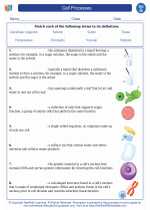Vitamin B5 (Pantothenic Acid)
Vitamin B5, also known as pantothenic acid, is a water-soluble vitamin that is essential for various bodily functions. It is a component of coenzyme A, which plays a crucial role in the metabolism of carbohydrates, fats, and proteins. Additionally, vitamin B5 is involved in the synthesis of fatty acids, cholesterol, steroid hormones, and neurotransmitters.
Sources of Vitamin B5
Vitamin B5 is found in a wide variety of foods, including:
- Meat (especially liver)
- Poultry
- Fish
- Whole grains
- Legumes
- Dairy products
- Eggs
- Vegetables (such as avocados, broccoli, and sweet potatoes)
Functions of Vitamin B5
The primary functions of vitamin B5 include:
- Energy production: Vitamin B5 is essential for the metabolism of carbohydrates, fats, and proteins, which are the primary sources of energy for the body.
- Synthesis of lipids: It is involved in the synthesis of fatty acids, phospholipids, and triglycerides, which are important components of cell membranes and storage forms of energy.
- Coenzyme A synthesis: Vitamin B5 is a precursor to coenzyme A, which is necessary for the synthesis of acetyl-CoA, a key molecule in various metabolic pathways.
- Cholesterol and steroid hormone synthesis: It plays a role in the synthesis of cholesterol and steroid hormones, such as cortisol, estrogen, and testosterone.
- Neurotransmitter production: Vitamin B5 is involved in the synthesis of acetylcholine, a neurotransmitter that is essential for proper nerve function.
Deficiency and Toxicity
A deficiency of vitamin B5 is rare, as it is found in a wide range of foods. However, when it does occur, it can lead to symptoms such as fatigue, irritability, numbness and tingling in the hands and feet, and gastrointestinal disturbances. On the other hand, there is no known toxicity associated with vitamin B5, as excess amounts are excreted in the urine.
Study Guide
When studying vitamin B5, consider the following key points:
- Understand the functions of vitamin B5 in energy metabolism, lipid synthesis, and coenzyme A synthesis.
- Memorize the food sources of vitamin B5 to understand how to obtain an adequate intake through diet.
- Be able to explain the potential symptoms of a vitamin B5 deficiency and how it can be prevented.
- Consider the role of vitamin B5 in the synthesis of cholesterol, steroid hormones, and neurotransmitters.
- Understand the water-soluble nature of vitamin B5 and its excretion in the urine, which prevents toxicity.
◂Biology Worksheets and Study Guides High School. Cell processes
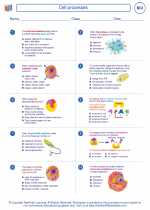
 Worksheet/Answer key
Worksheet/Answer key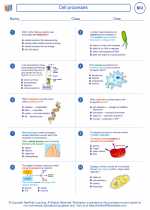
 Worksheet/Answer key
Worksheet/Answer key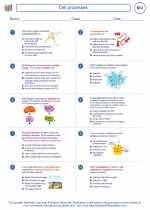
 Vocabulary/Answer key
Vocabulary/Answer key
 Vocabulary/Answer key
Vocabulary/Answer key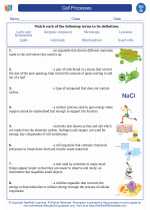
 Vocabulary/Answer key
Vocabulary/Answer key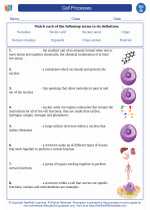
 Vocabulary/Answer key
Vocabulary/Answer key
 Vocabulary/Answer key
Vocabulary/Answer key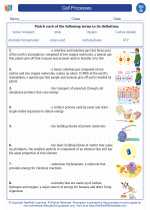
 Vocabulary/Answer key
Vocabulary/Answer key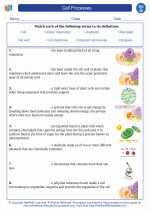
 Vocabulary/Answer key
Vocabulary/Answer key